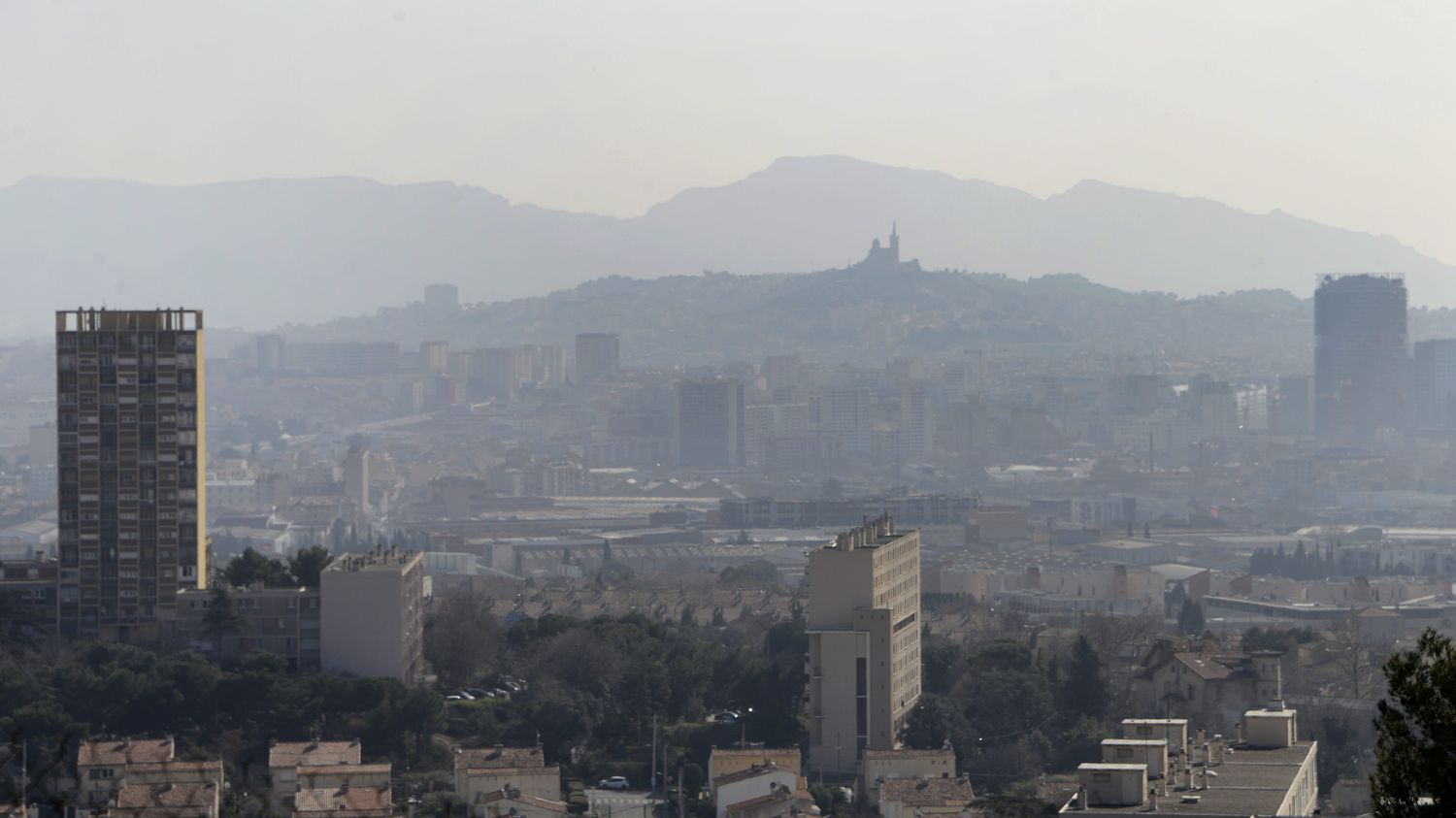Almost no area of the planet, even the wildest or most remote, is spared from fine particle pollution, according to a study conducted on a global scale.
Almost the entire planet is affected by fine particle pollution, almost no area, even remote, escapes it, according to the conclusions of a global study conducted by Australian researchers.
>> How to explain the peaks of fine particle pollution
The authors of the study were interested in the smallest fine particles: PM 2.5 which are 50 times finer than a hair. These pollutants mainly come from car traffic, industry or wood heating. Based on measurements taken by sensors around the world and satellite observations, these researchers conclude that only 0.18% of the planet escapes this pollution, or in any case, is below safety thresholds. of the WHO. This corresponds to 0.001% of the world’s population.
A public health problem
The WHO has been concerned about this pollution for several years: these very fine particles are capable of penetrating deep into the lungs and blood circulation and can cause cardiovascular disorders and respiratory problems, such as asthma.
On a global scale, Europe and North America are rather better off, because here, this pollution has been declining for 20 years, while it is increasing in South Asia, Latin America and Australia. Despite this, fine particles are responsible, in France, for more than 40,000 premature deaths per year.
>> Air quality: the fine particles “the most dangerous for health” pass “completely outside the radar”, regrets the Respire association
What solutions to reduce this pollution?
To reduce this fine particle pollution, what has worked in Europe is, for example, the installation of filters, on exhaust pipes, or at the outlet of combustion chambers in factories, according to Sophie Szopa, chemist of the atmosphere and director of research at the CEA (the Atomic Energy Commission). It is also the reduction in the use of fossil fuels, because the most effective remains the reduction of pollution at the source.
Research is also advancing on the role that vegetation can play in the city. A recent Swedish study indicates that to capture the maximum pollutants in urban areas, one should plant mixtures of trees: both hardwoods and needle-leaved softwoods.
